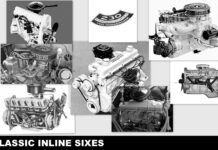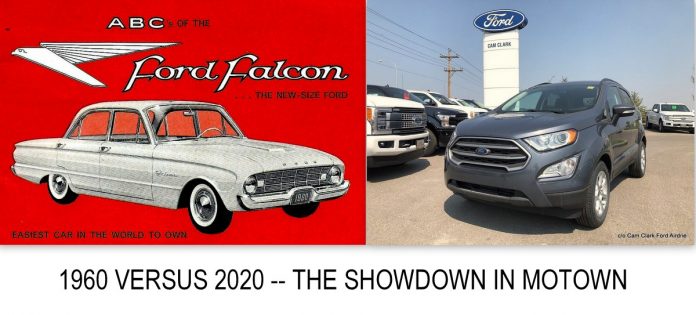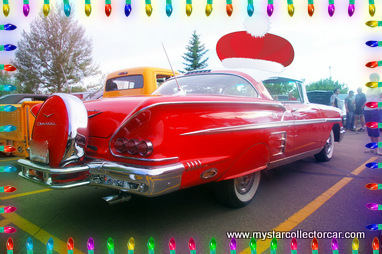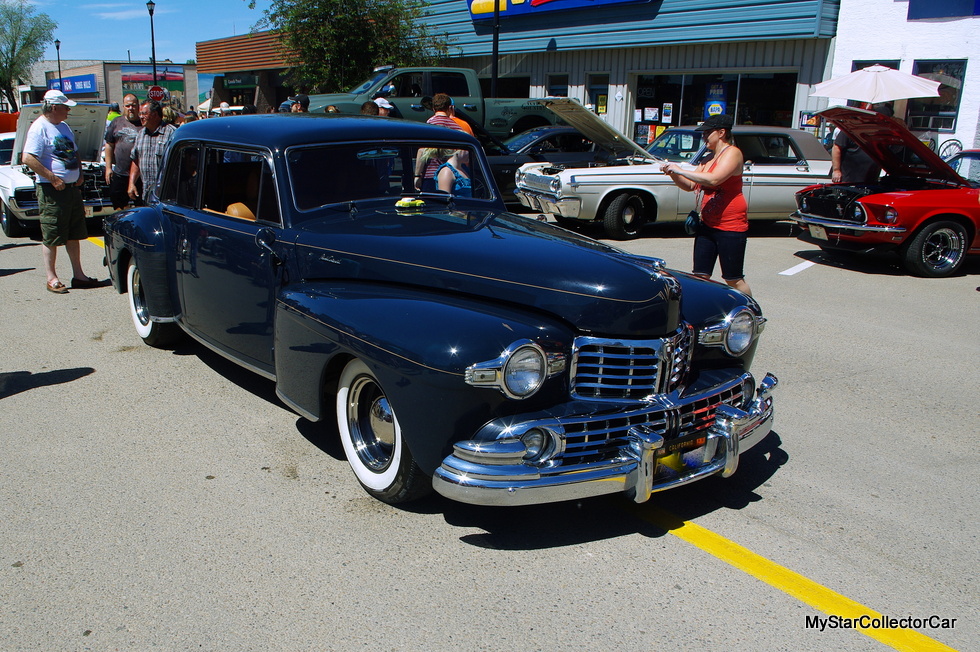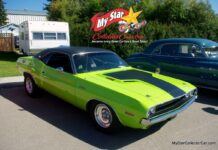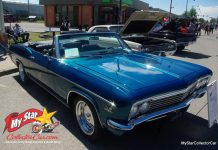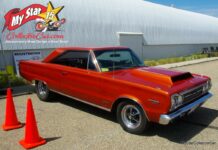The dawn of the Sixties signaled a different direction for the domestic car market.
In 1960, Detroit put together a new game plan for the new decade and acknowledged the existence of the imports with some of the Big Three’s choices.
2020 is a radically different era for the domestic car market and MyStarCollectorCar would like to illustrate some of these elements of change between a vehicle built in 1960 and one built in 2020.
Jim Sutherland
One of the new additions to the Big Three (GM, Chrysler and Ford) lineups were the compact cars’ debut in 1960. Detroit was painfully aware of the VW Beetle’s growing impact in the North American small car market and decided to mount a counterattack with their own small cars, most notably the Corvair (GM), the Falcon (Ford), and the Valiant (Chrysler).
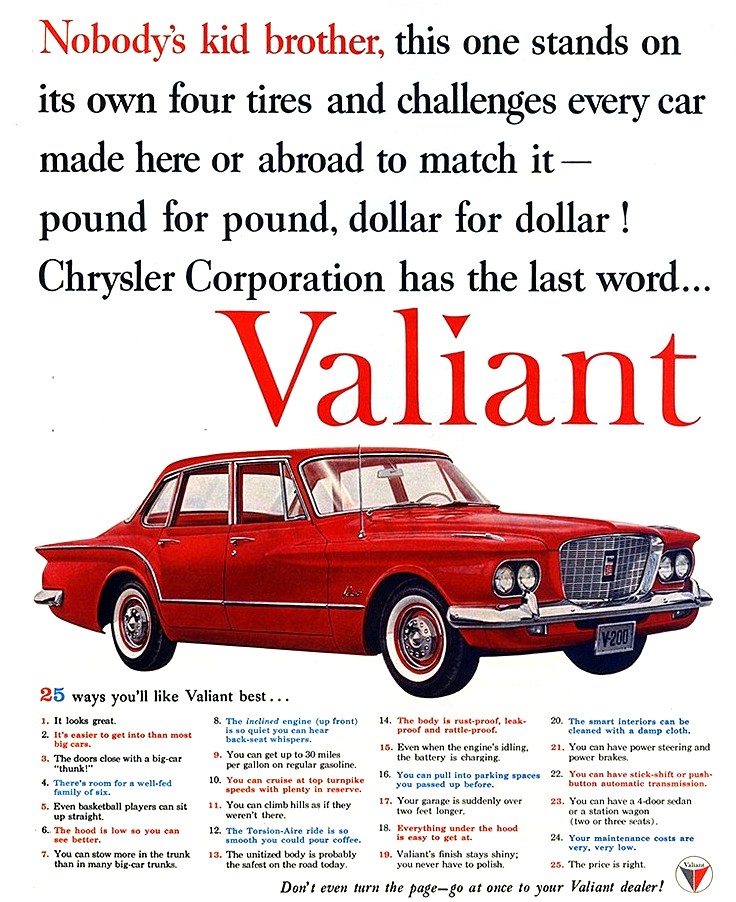
The domestic compact car from 1960 was a relative term because full-sized vehicles were so large at the time, but a 60-year-old compact car would not be out of place (size-wise) in the 2020 car world. The new age 2020 sedans offer plenty of performance and extraordinary mileage, along with a very comfortable cabin experience for their passengers, but the 1960 versions of small cars were distinctively different from one another in terms of style.
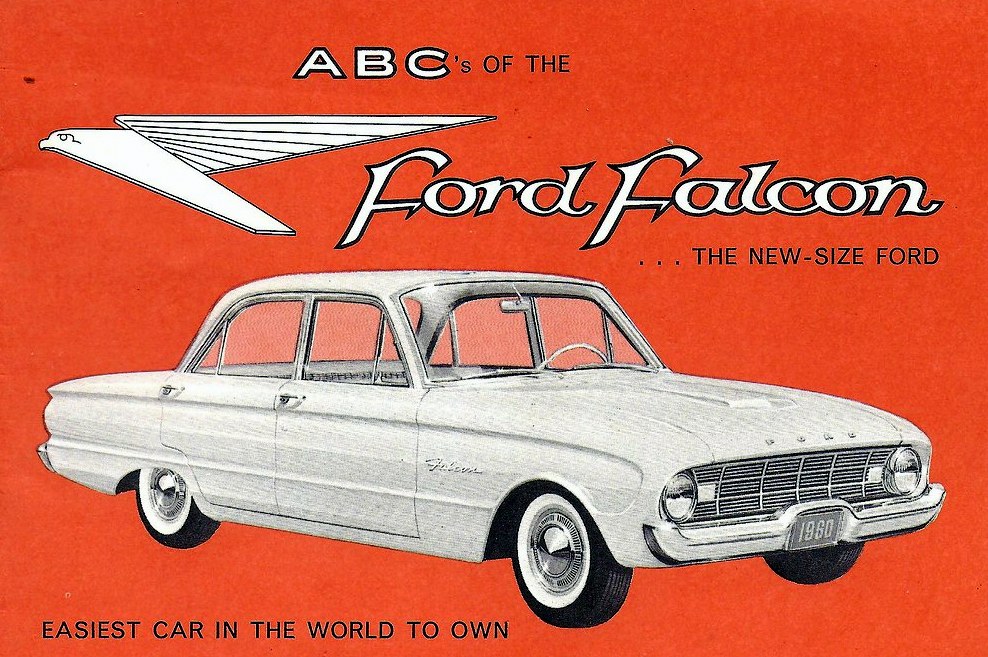
There was no confusion when it came to a Valiant, Corvair or Falcon in side-by-side-by-side comparisons.
Another area of major cosmetic differences between 1960 and 2020 was the use of tail fins for many of the 1960 full-sized domestic models. In 1960, the tail fin was on its last legs after a half a decade of growth on the back end of Motor City rides. In fact, tail fins would be amputated on most domestic cars by 1961, but they were still large and in charge in 1960-particularly the Forward Look Exner models from Chrysler.
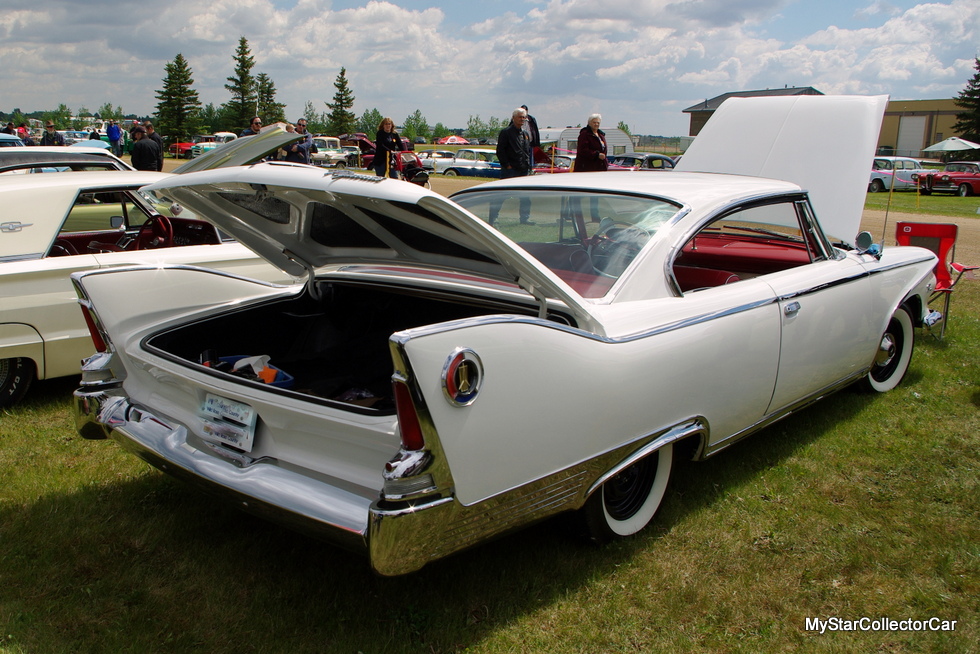
There is a complete absence of rear fins on 2020 cars. The Space Race was young and vibrant in 1960, so rocket-style tail fins were still a huge deal that year. These days we park a space station about 3 feet from Earth’s outer atmosphere while we drag a steady stream of space junk (aka satellites) into a low orbit around our planet.
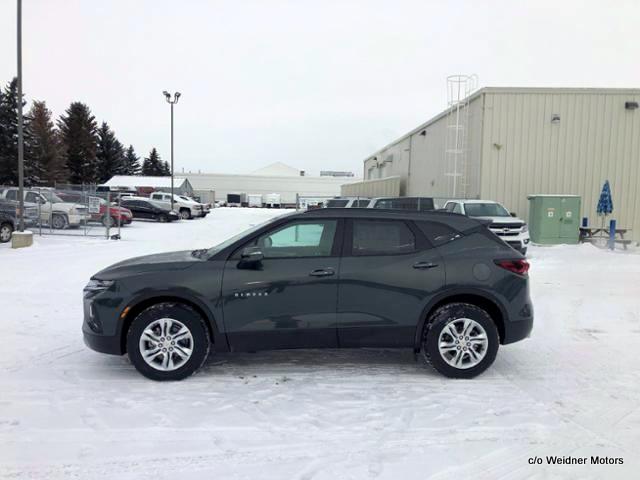
The tail fin dream essentially died in 1960 and the Space Race was canceled due to lack of interest over the ensuing 60 years.

However, 2020 cars enjoy a high level of technology that extends well beyond the boundaries of Apollo 11 and the electronic wizardry that put Neil and Buzz on the moon in ‘69. Today’s cars will correct bad driving in a big way via their highly advanced computer systems-and avoid road disasters in the bargain.

A 1960 car may have an AM radio (with its new-fangled transistors instead of tubes) if the owner checked off this option on his dealer list when he bought it. The list of electronic advancements would get a little short at that point in 1960, but a buyer could get a lot of chrome and stainless steel if they ordered the right car models in ‘60.
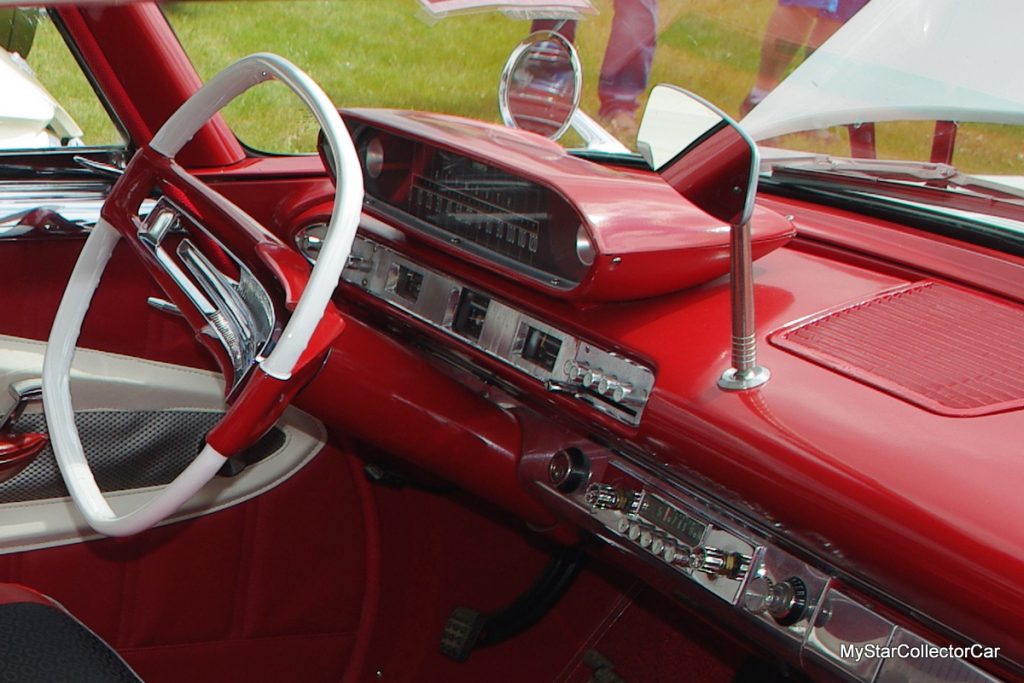
Cars still have four wheels and one steering wheel in 2020, but the style and technology built into 1960 car models may seem like the horse-and-buggy days to modern drivers.
However, it’s a very cool horse-and-buggy era for most car guys.
BY: Jim Sutherland
Jim Sutherland is a veteran automotive writer whose work has been published by many major print and online publications. The list includes Calgary Herald, The Truth About Cars, Red Deer Advocate, RPM Magazine, Edmonton Journal, Montreal Gazette, Windsor Star, Vancouver Province, and Post Media Wheels Section.
- CLICK HERE to Sign Up for the Newsletter
- CLICK HERE to Like us on Facebook
- CLICK HERE to Follow us on Twitter
- CLICK HERE to Follow us on Pinterest






